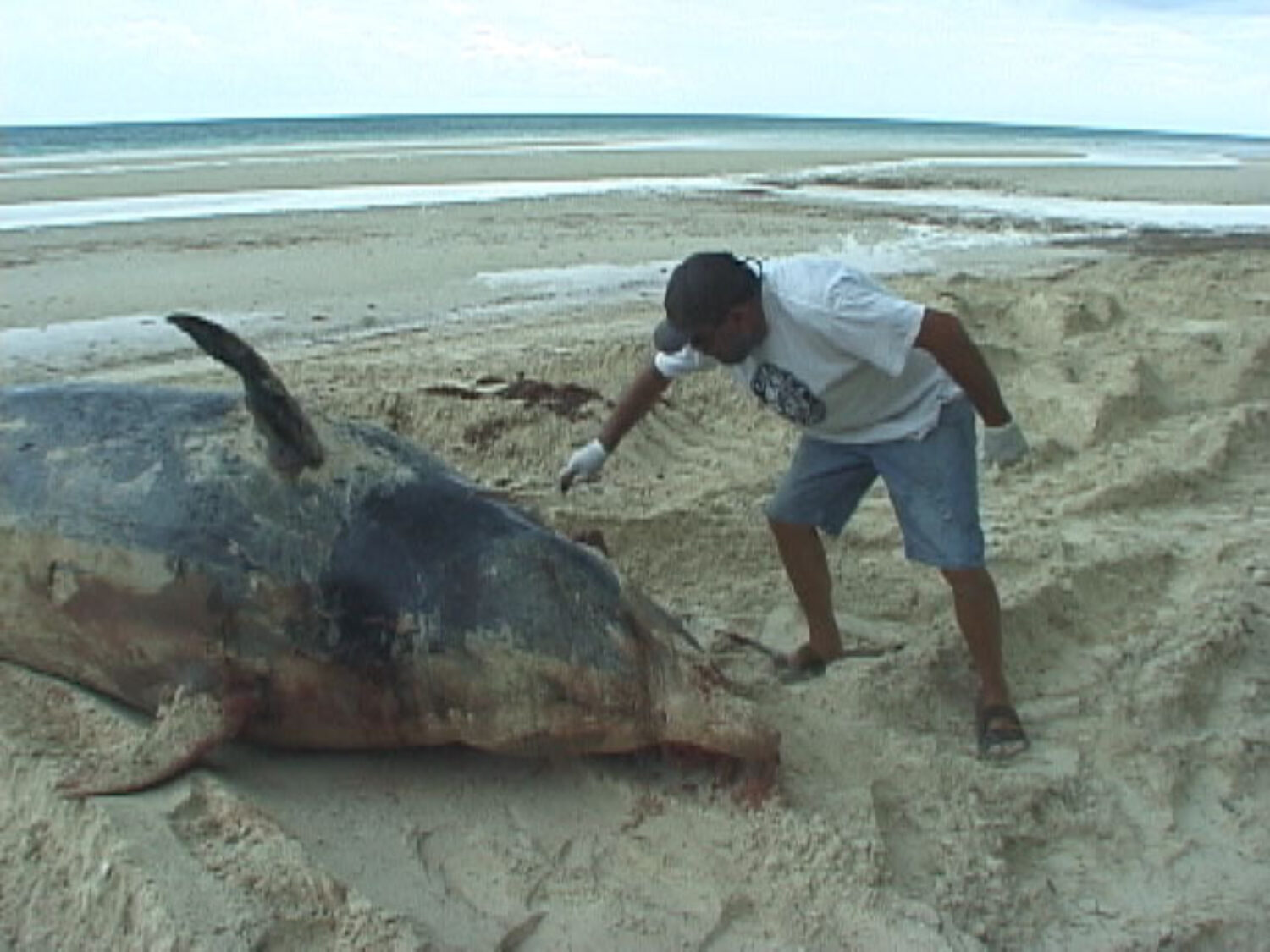
A Tribute to Whale Researcher and Advocate, Ken Balcomb
By Rosemary Ellis
Ken Balcomb, a well-renowned and influential whale researcher and advocate, passed away in December. He helped put the Southern Resident orcas in the hearts and minds of many around the world and raised awareness about their plight.
I, like many, grew up completely fascinated and enthralled by orcas. I could sit for hours and absorb anything whale-related. It wasn’t long until I stumbled upon Ken’s research in the Puget Sound. I had the honor of meeting him in 2018. Some say it’s best not to meet your heroes, as it could lead to disappointment. My experience, meeting one of my heroes, Ken, was the complete opposite. In a crowded room, full of people who deeply respected his work, he was warm and generous with his time. We were all gathered with a shared goal - to protect orcas - and he, for many of us, inspired that work.
“Ken was a pioneer and legend in the whale world. He was a scientist with a deep-rooted love and connection to the whales and their ocean habitat. He inspired others to appreciate both as much as he did.” - The Center for Whale Research
Ken began researching orcas in 1976. In response to roundups and captures for theme parks, such as SeaWorld, he established an annual survey of the whales using the shape of their white “saddle patch” to identify them individually through photos and observations. The whale-capture industry claimed that there wasn’t a threat to the species, so they should be allowed to continue capturing them for captivity. Through the annual surveys, Ken shed light on and proved what many had feared: There were only about 70 orcas remaining in the Pacific Northwest, with 40% of the population captured or killed during the roundups by SeaWorld and other captive entertainment facilities.
Ken founded the Center for Whale Research and continued the annual surveys, allowing researchers to learn a plethora of information about the southern residents, including their population dynamics and demography, health, social structure, and individual life histories. Due to this research, we know more about orcas from the J, K, and L pods than any other marine mammal in the world.
His reach went far beyond gathering data on the orcas. He passionately advocated for their protection on many levels. He pushed for four dams on the Snake River to be breached in order to restore salmon habitats. Additionally, the Center purchased a ranch along the Elwha River to protect Chinook salmon spawning grounds. He wouldn’t accept anything less than monumental and truly impactful action for orcas. In 2018, he refused to sign Washington Gov. Jay Inslee’s orca recovery task force’s recommendation, as it wouldn’t do enough for the whales. He was also vocal about the negative impacts military sonars have on whales in Washington state waters.

Ken Balcomb dissecting one of the beaked whales that stranded in his Bahamas study area. Ken's observations and preservation of the heads led to scientific proof of severe ear damage in the whales, likely caused by intense military sonars.
Mark J. Palmer Comments:
I first met Ken in the 1980s, when he was helping set up a photo-identification research project for large whales – mostly humpback and blue whales – off the coast of Northern California.
Ken was instrumental in the development of this technique of identifying individual whales and following them through time, based on identifying markings. In the case of humpback whales, the underside of the flukes, photographed when the humpbacks dive, were individually different due to pigmentation, scratches and scars, and overall shape of the fluke. Similarly, blue whales can be identified with color photos noting side pigmentation and shape of the small dorsal fin.
Ken first helped develop the technique with orcas in the Puget Sound area. The photo identification techniques, which are noninvasive, are now used to count and research animal populations of all kinds, including giraffes, octopuses, and even salamanders.
But the method was originally developed to study whales without killing them. Ken himself first began his whale studies at whaling stations in California (since closed in 1972 – see the video on the whaling station), measuring dead whales and examining their organs. But he showed that whales and dolphins could be studied closely, without harming them, through photo identification and other observation techniques.
Ken played a key role in the issue of loud military sonars. He was studying a population of elusive beaked whales in the Caribbean, when he found one whale had stranded on the beach next to the house he was living in. He received calls that other beaked whales were showing up on beaches.
As a biologist, he tried to rescue those whales that were still alive by pushing them out to sea, but he was compelled to dissect some of the whales that had died before anything could be done for them. By freezing the heads of the whales (not an easy thing to do on a small Caribbean island!), he preserved the damage to the soft tissues. Subsequent analysis in the US showed trauma to the sensitive ear parts of the beaked whale consistent with very loud noise injury. Ken was able to show the first concrete evidence that military sonars (which were used in a training mission near Ken’s Bahama island) were dangerous to marine mammals around the world.
*********************************
Ken will be missed by many. His legacy will live on through the orcas he researched and safeguarded and the people he influenced and mentored. Our hearts go out to Ken’s family, friends, and the staff at the Center for Whale Research for such a great loss.
“I’ve already said goodbye to most of them [the orcas]. They were absolutely wonderful and I am sure grateful I got to just be their companion for 45 years.” - Ken Balcomb, weeks before his death